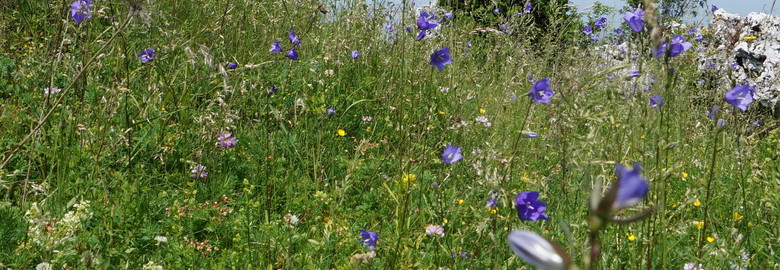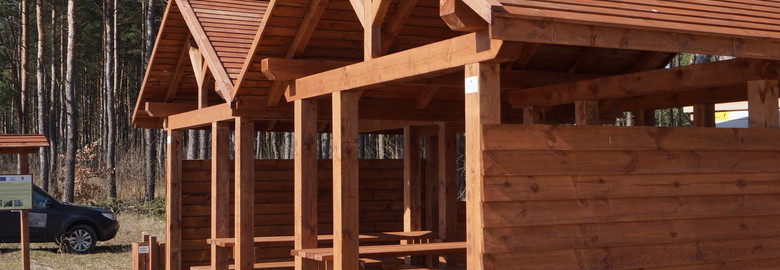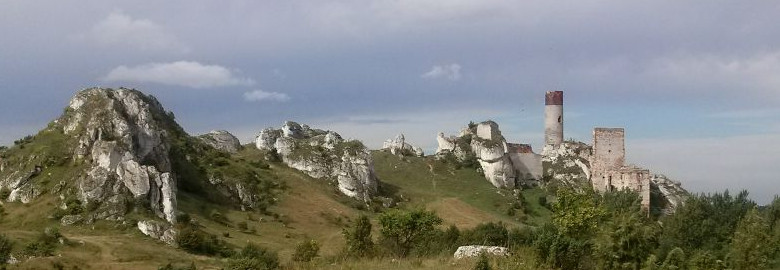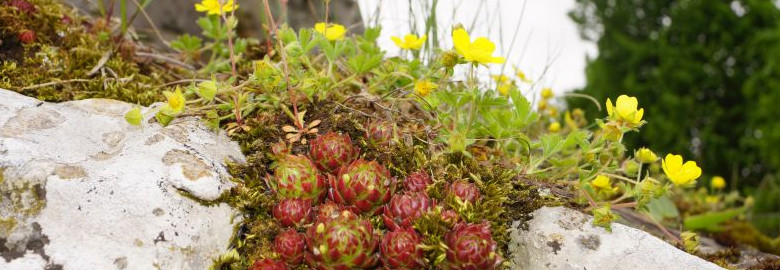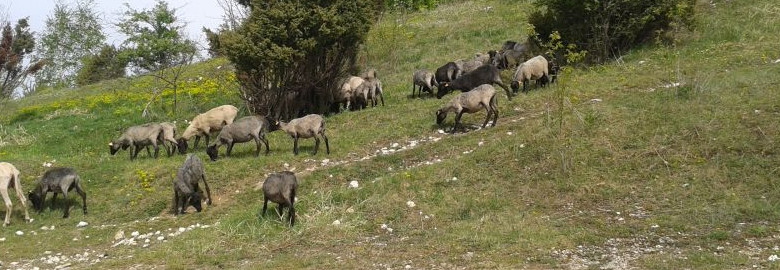Liczba wizyt
"Alien and invasive" – the removal of the Sakhalin knotweed in the Wodąca valley (2nd stage)
Poland has been known for its hospitality for ages. This seems to apply to nature as well, as the presence of the invasive alien species poses a serious threat to the biodiversity in our country.
One of those invasive alien species is the Sakhalin knotweed (Reynoutria sachalinensis). This plant is characterized by a very fast growth and spread rate which allow it to colonize new areas and compete with local species for nutrients drawn from the environment. Such competition contributes to decreasing biodiversity which in extreme cases may cause the extinction of local species of fauna and flora. This 'invasive alien' is really dangerous to Polish nature and therefore it is important to undertake a series of well coordinated actions to remove it.
The Silesian Voivodeship Landscape Parks Complex made an attempt to remove the invasive alien species of Sakhalin knotweed as a part of the framework of the Project. Last year the phytocenosis of the Sakhalin knotweed was manually and mechanically mowed and scythed in the area of 1.5 ha in the Wodąca valley (Środkowa Jura refugium). This was followed by heavy agricultural practices: ploughing combined with milling the soil, harrowing, digging out the rhizomes manually and mechanically with hydraulic truck cranes. All these actions were carried out twice.
This year the actions were repeated once again. The area of the occurrence of the Sakhalin knotweed was divided into three parts (ca. 0.4 ha each). The first part was covered with black opaque plastic sheeting, the second one was covered with hay coming from nearby meadows and grasslands, while the in the third part was subject to mechanical treatment combined with digging out the rhizomes. The remaining area (0.3 ha) is inaccessible for the machinery and therefore requires manual removal. The basal shoots of the Sakhalin knotweed re-growing were removed during the whole period of carrying out the actions mentioned above.
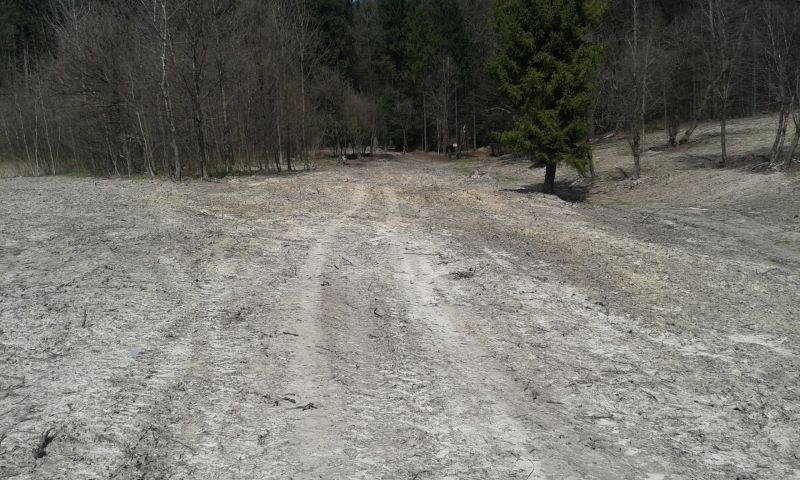
Spring this year: the area where the removal of the Sakhalin knotweed was carried out in 2014 (Wodąca valley, April 2015)
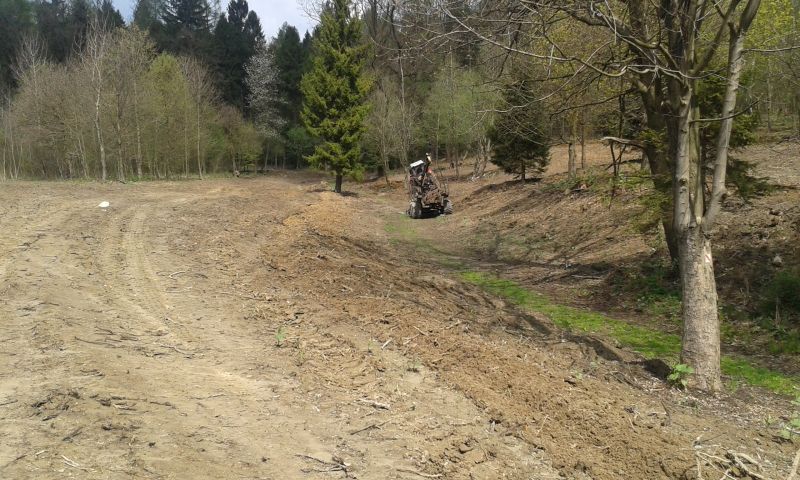
Mechanical removal
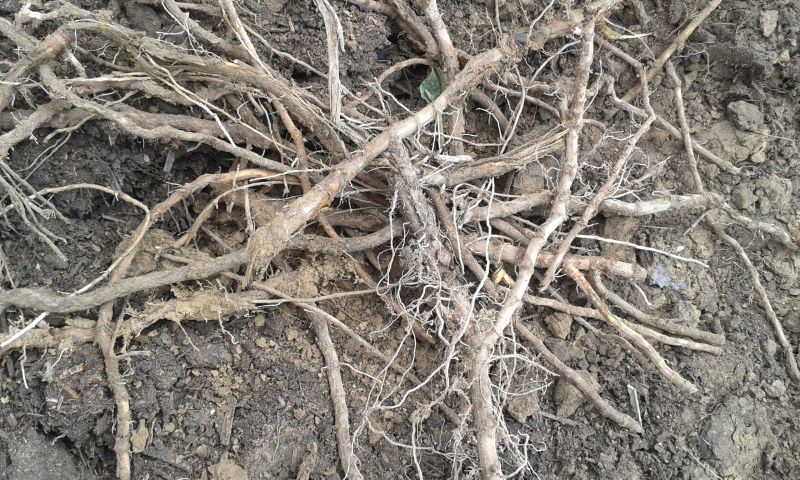
Rhizomes dug out this year due to ploughing
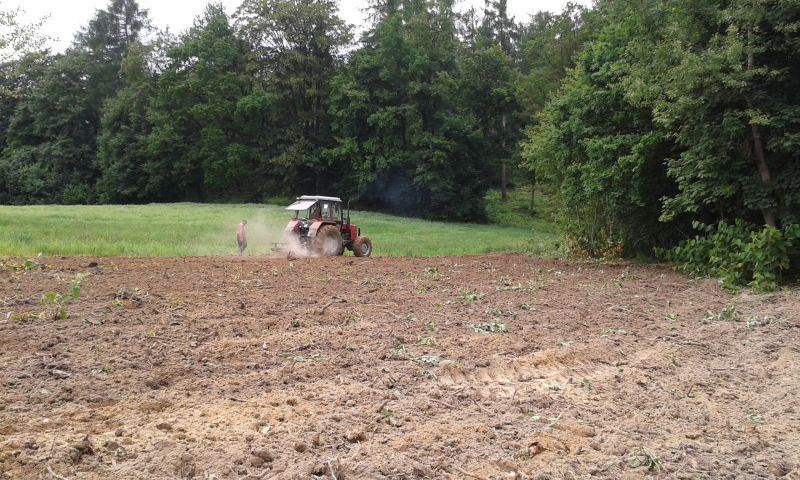
Ploughing combined with milling for the second time
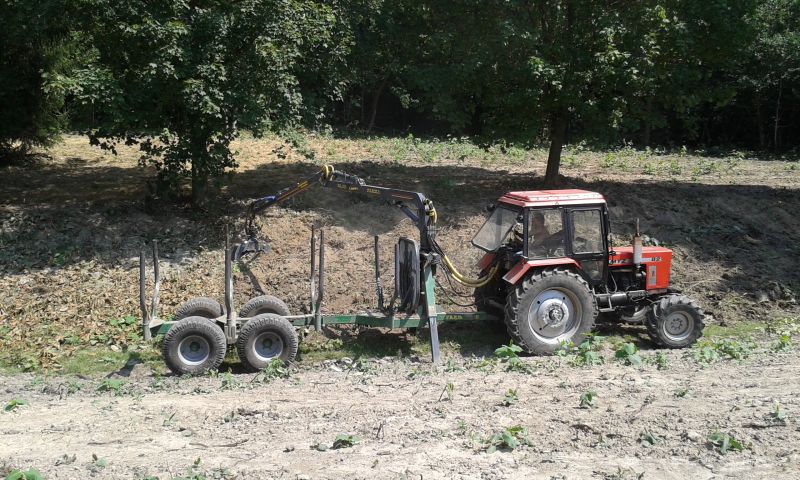
Mechanical removal with the use of hydraulic truck cranes
The area after the mechanical removal has been carried out twice
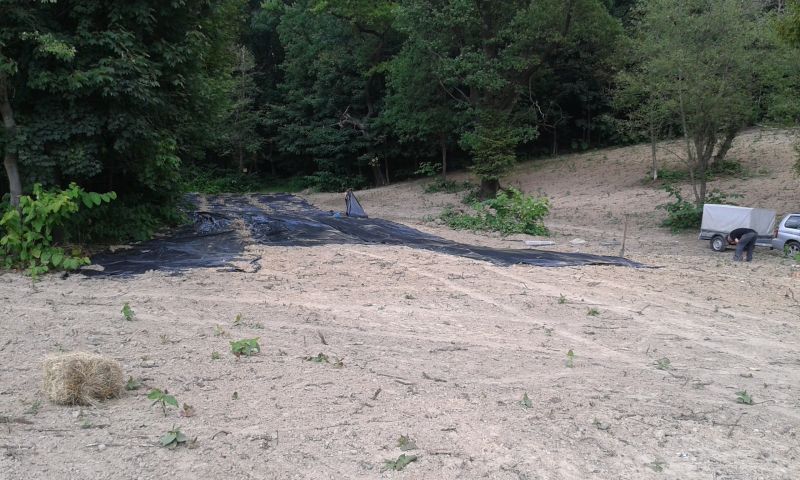
Next stage!
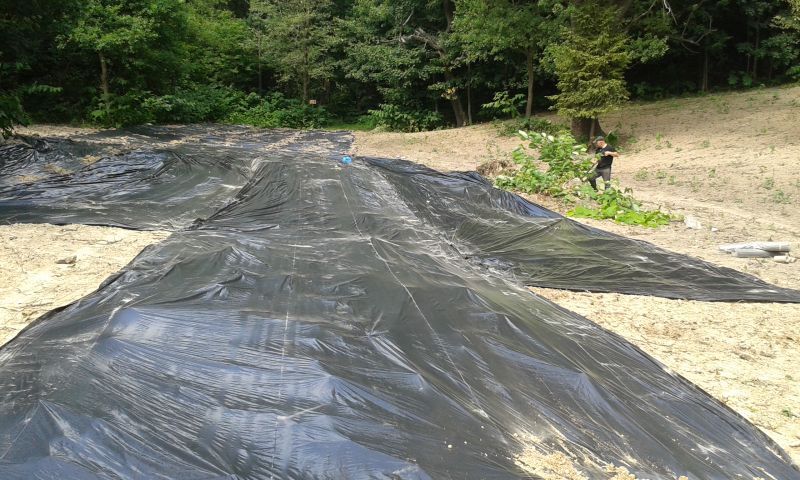
Spreading the sheeting on the selected area
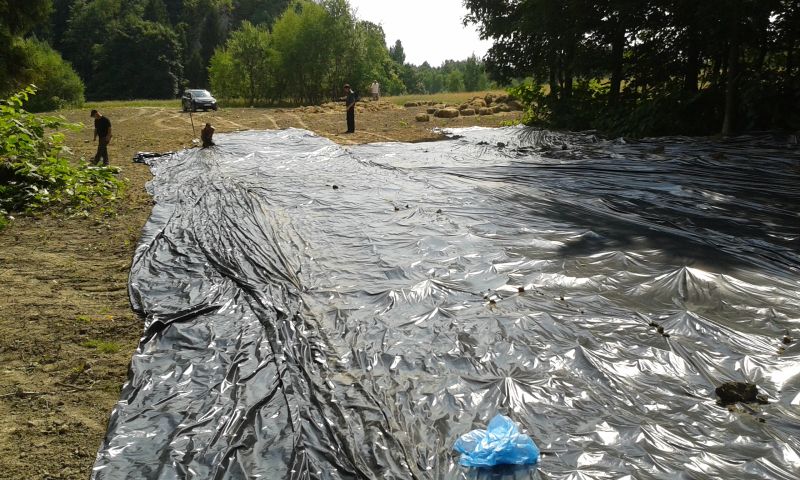
In the midst of spreading the sheeting and forking over the hay
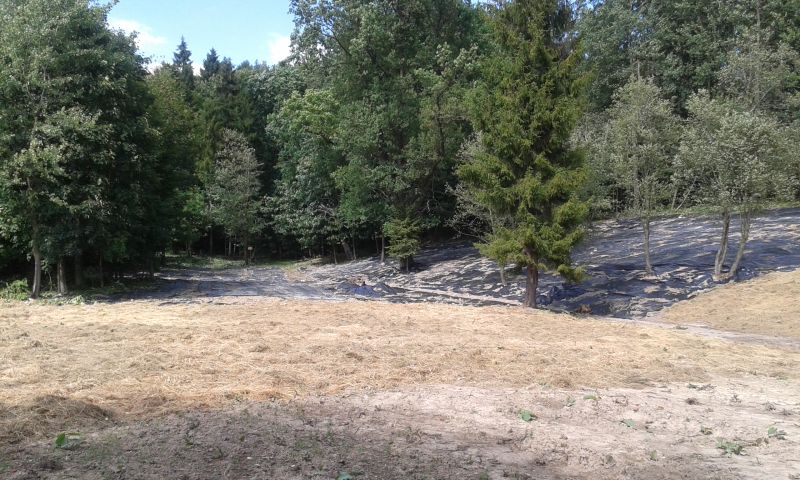
The area of the removal of the Sakhalin knotweed in the Wodąca valley after the sheeting and hay have been spread

The mechanical removal carried out in the third part of the selected area. During the ploughing...
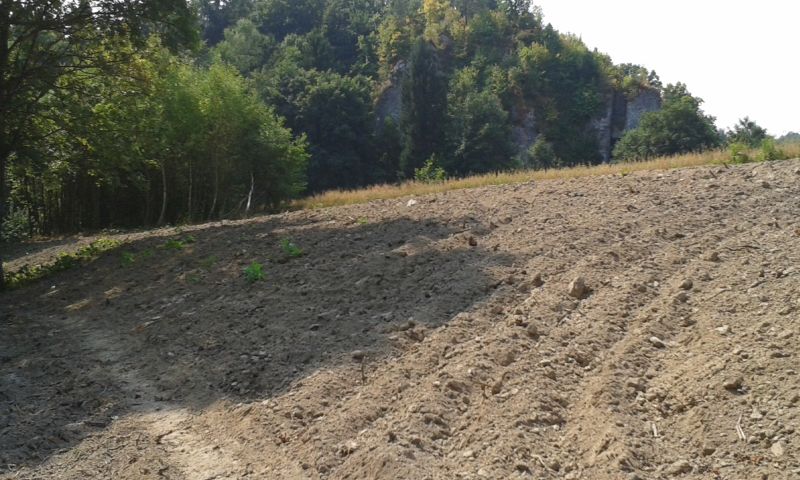
... and after the ploughing



